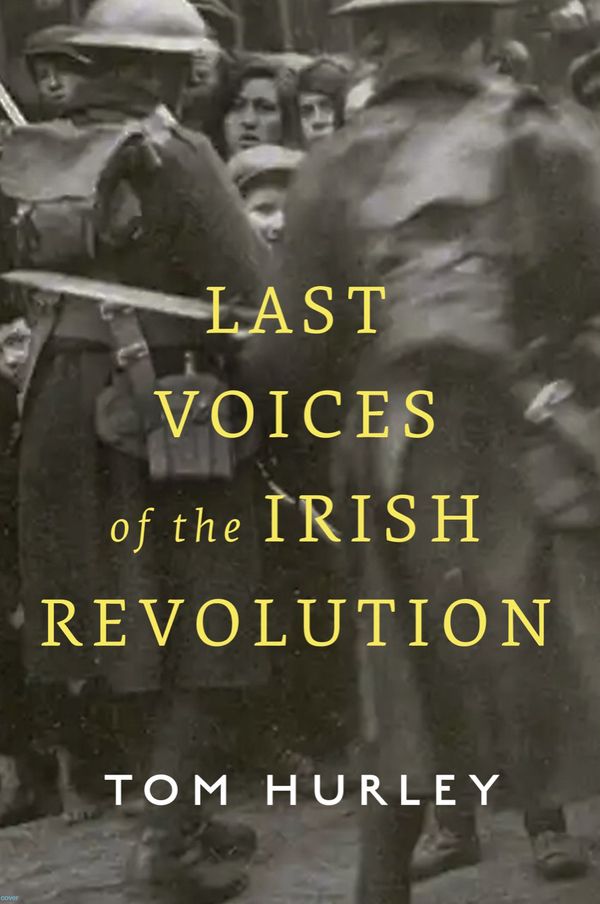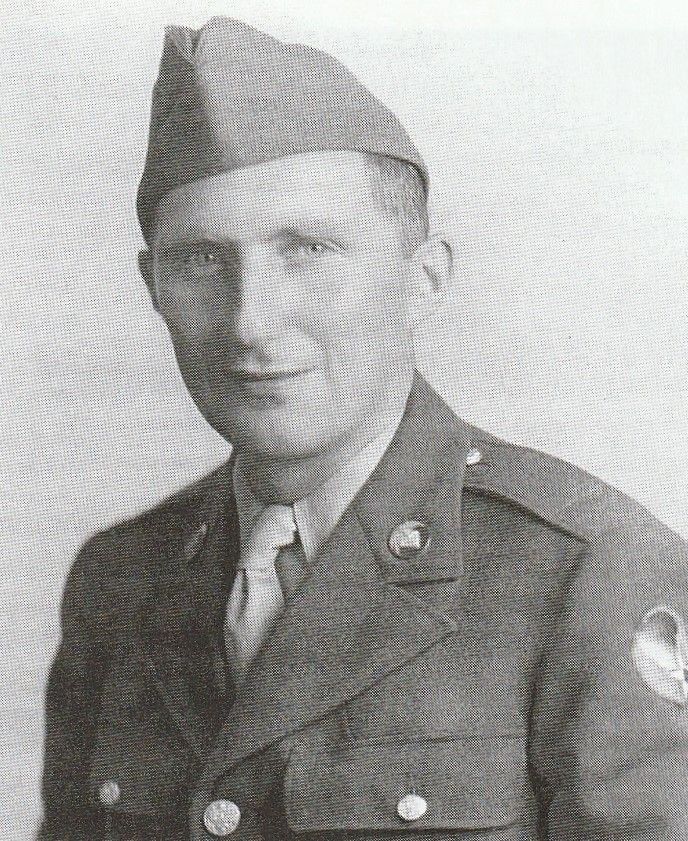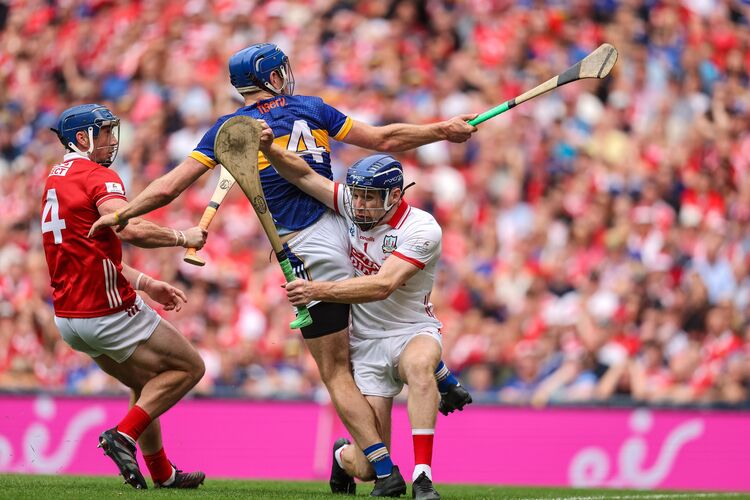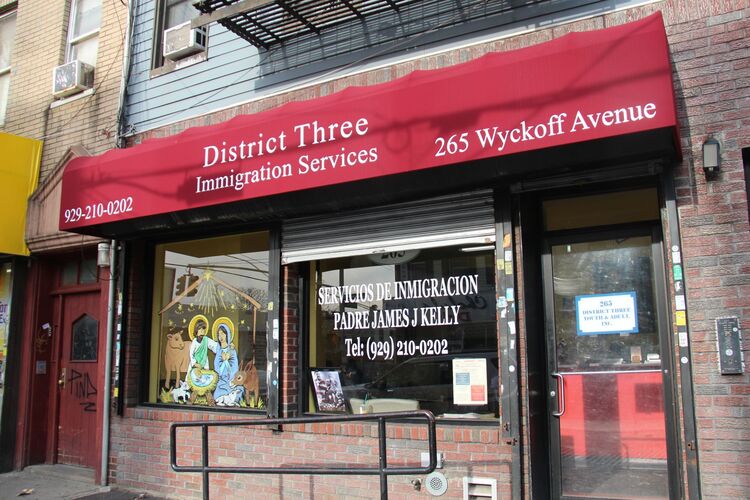Eighty years on from the end of the Civil War in 2003 — to my mind — there didn't seem to be much about it in terms of public conversation, coverage or commemoration. I began to wonder if there were many civilians and combatants left from across Ireland who had experienced not only the revolutionary years from 1919 to 1923, but also the prelude and aftermath to those years. If such people were out there and what they had to say was credible — could I find them and would they speak to me? They would be of advanced years so time was naturally of the essence.
I got to work and within a seven-month period was fortunate to have met and recorded the experiences and stories of 18 people. I conducted two further interviews in the United States in July 2004. I spoke to a cross-section (Catholic, Protestant, Unionist and Nationalist) who were in their teens or early 20s during the civil war. The chronological approach I have taken to my book spans 50 years, beginning with the oldest interviewee’s birth in 1899 and ending when the Irish Free State became a republic in 1949. Therefore stories and experiences pertaining to such happenings as the Boer War, Titanic, Lusitania, World War I, 1916, the1918 election, emigration, World War II, as well as many other historical episodes that impacted on Ireland feature. However it is the revolutionary years of 1919-23 which come across as most prominent.
For me, the importance of documenting the lives of ordinary men and women during such major historical events is vital. For far too long the discussion around such occurrences pertaining to Ireland has been centered around the actions or narratives of the well-known personalities. As I'll refer to later, those I spoke to had encountered and known some of these well-known figures but were modest about their own involvement and any association they might have had with them. The interviewees had however seen and experienced much whether it having been from the vantage point of civilian or having seen service with the IRA, Cumann na mBan, Free State Army or the Civic Guard (Garda Síochána) during the course of the civil war. Therefore it was what they told me or didn't tell me that led me down particular paths of research.
The 20 people I spoke to hailed from 12 counties but when one takes in their travels and stories pertaining to that 50 year period - most counties are represented in the book. For example Patrick Greene from County Longford (born in 1900) lived for periods in Dublin and Cork between 1918 and 1922 before returning home. The purpose behind his travels had been to attend college in St. Patricks, Drumcondra followed by Cólaiste na Mumhan in Ballingeary. Anthony McGinley (born in 1905) briefly swapped rural County Donegal for Strabane at the outbreak of World War I when his parents sold their farm and took over the running of a pub. When Dubliner Jack Duff (born in 1903) was posted to County Tipperary with the Free State Army in 1922 he had not until then seen a roof thatcher at work.
A feature of the conflicts at home or abroad was that ordinary life went on in Ireland. Gerry Smyth (born in 1907) attended Feis na Midhe (Meath Feis) in Navan in 1919 where he entered a competition for which he won a prize. Having kept it safe, he proudly showed it to me when I met him in 2003. Mai McMahon née Grogan from County Clare (born in 1902) spoke of a time when there was widespread respect for the clergy. Any damage done locally during the Anglo-Irish War whether it be by the IRA or British forces was condemned by the priest from the altar on a Sunday. Meanwhile George Cooper's (he was born in 1910) sister married a soldier from the Welsh Regiment in a Dublin registry office in 1922. Interestingly George's uncle had fought in the 1916 rebellion but life was tough for him afterwards. The Civic Guard (Garda Síochána) had to perform their duty and keep people safe. Acting Inspector William Geary of Limerick (born in 1899) spoke about a case of infanticide which he had to investigate whilst based in County Monaghan in 1922. His professionalism however didn't prevent him having sympathy for the girl involved.

The First World War was a theme that left its mark on the minds of many of the interviewees. It was interesting to hear stories about men they knew who had survived or died in the conflict. John Parkinson in Belfast (born in 1907) remembered his cousin whom he met for the last time during a visit he made home on leave from the army. On that occasion he had allowed John to try on a spiked German helmet which he had brought back having picked it up as a souvenir on the battlefield. At least 44 men from Mitchelstown never came back and Michael Casey (born in 1903) recalled that many of the 20 he knew who did make it home were traumatized for years afterwards. The future husband of Laois native Ellen Troy née Maloney (born in 1900) also survived but had been confined to barracks for seven days for an army offense committed shortly after war's end in 1918.
Experiences and stories pertaining to prison life between the years 1919-23 were also engrained on the minds of the people I met. Daniel O'Donovan of West Cork (born in 1903), imprisoned on Spike Island recalled the names of some of the men he met and indeed didn't meet as some were detained in separate quarters as internees. That same year Patsy Holmes of Mallow (born in 1902) spent 12 months interned in Ballykinlar Camp in County Down and insisted that he met Noel Lemass. This man's brother — future Taoiseach Seán Lemass — was definitely interned there but Patsy was adamant that it was Noel he knew. Noel Lemass suffered a horrific death having been abducted shortly after the end of the Civil War in 1923. His violent demise, however, wasn't unique. That same year Dan Keating of Co. Kerry (born in 1902) had been interned in the Curragh when the body of military policeman Joseph Bergin was found in a canal having suffered a fate similar to Lemass. He had been suspected to carrying messages in and out of the Curragh for the republicans.
I interviewed five Protestants for the book. Some were of the unionist persuasion whilst others sided with the nationalists. Kathleen Noonan née Charles of North Cork who was born in 1902 joined Cumann na mBan at an early age. She maintained in 2003 that while it wasn't “usual” for Protestants to be republican during the Anglo-Irish War - “It has happened.” She also experienced Westmeath during the conflict when she briefly took on a job as a private teacher. She described her boss as having little tolerance for Catholics. In Belfast however Norman Douglas (born in 1909) remembered a time when there was great friendship between his family and their Catholic neighbors. In fact the first occasion he was at the pictures was when a woman named Winnie Loughran took him as a child to see a Charlie Chaplin film at Willowfield Picture House.
Stories of the British forces prior to 1922 abound in Ireland but what emerged from the recordings I conducted were actual names and references to specific incidents having taken place involving the interviewees. Margaret Power née Cahill of County Kerry (born in 1905) for example got understandably irate when discussing her encounter with a Black and Tan who told her he could kill whomever he liked without repercussions from his superiors having been posted to Ireland. Meanwhile John Kelly in County Galway (born in 1902) had been the victim of a savage beating by the Tans at his home. He spoke of having been thrown into a tank of water. There were also the somewhat more unusual stories. One was relayed by former IRA man Patrick Fitzgerald of County Waterford (born in 1902) who named a British soldier who having turned “deserter" tried to join his local IRA company.
Many of the more prominent politicians and military leaders of both a unionist and nationalist persuasion were brought to mind by the people I spoke to. Seán Clancy of County Clare (born in 1901) who joined the Free State Army in 1922 encountered Michael Collins regularly. Interviewees in Belfast had memories of Edward Carson and James Craig while Éamon de Valera and Liam Lynch were two other personalities known to some of those I interviewed. There were additionally some surprising names which surfaced — perhaps none more so than that of Adolf Hitler whom George Carpenter of Cork (born in 1908) encountered whilst on a visit to Germany in 1935.
From my point of view, it was a most worthwhile experience to have spoken with these 20 people about the 1919–1923 period and its prelude and aftermath in the year that coincided with the 80th anniversary of the end of the Irish Civil War. Twenty years later, my resultant book corresponds with the 100th anniversary of the end of that conflict, when, to be fair, there does seem to have been more about it in terms of public conversation, coverage and commemoration. Some might cite the newly released archival material as being a factor in this, with the last voices of the Irish revolution now all gone; I suspect that's only part of the reason.







